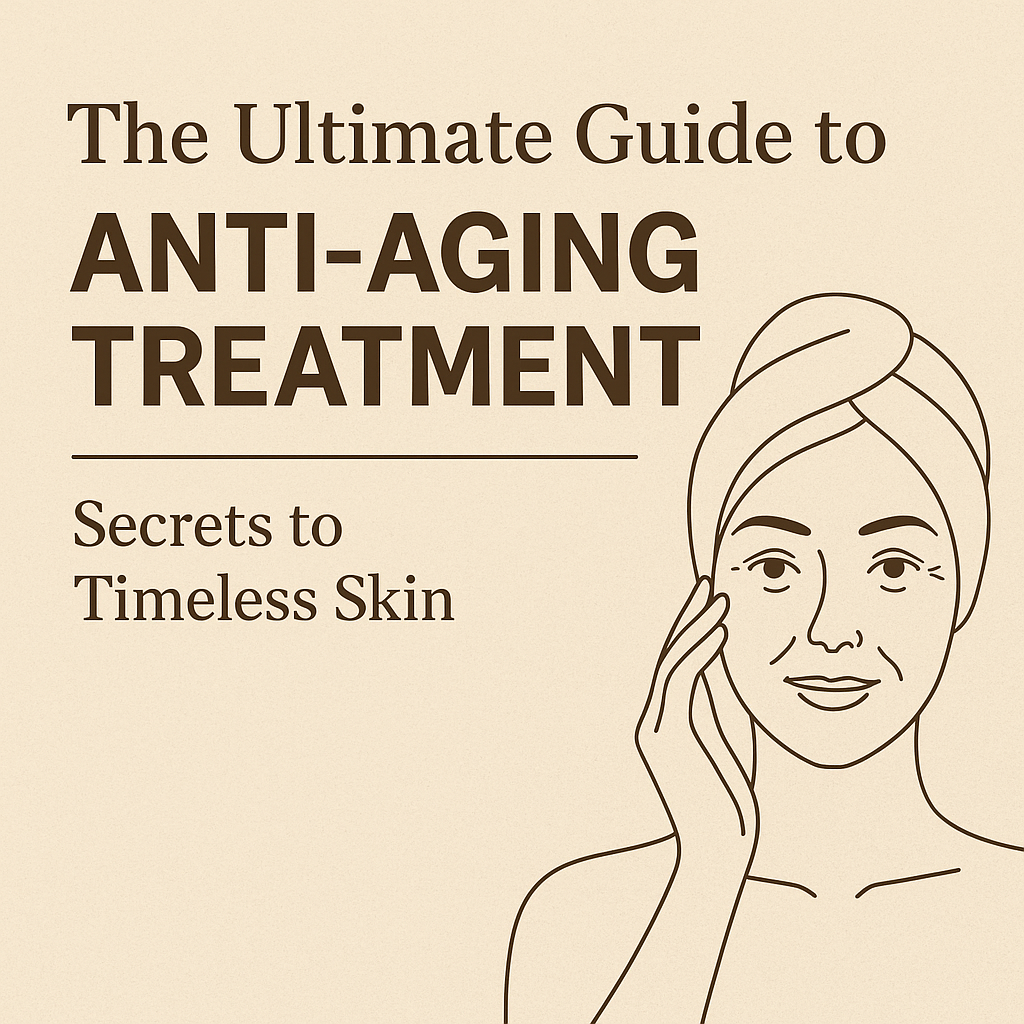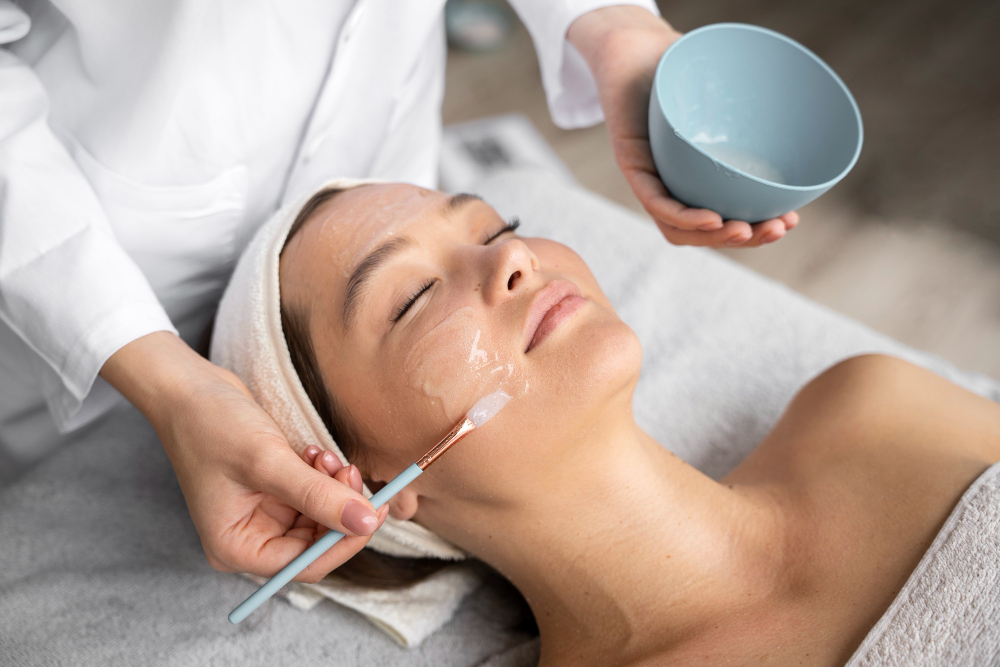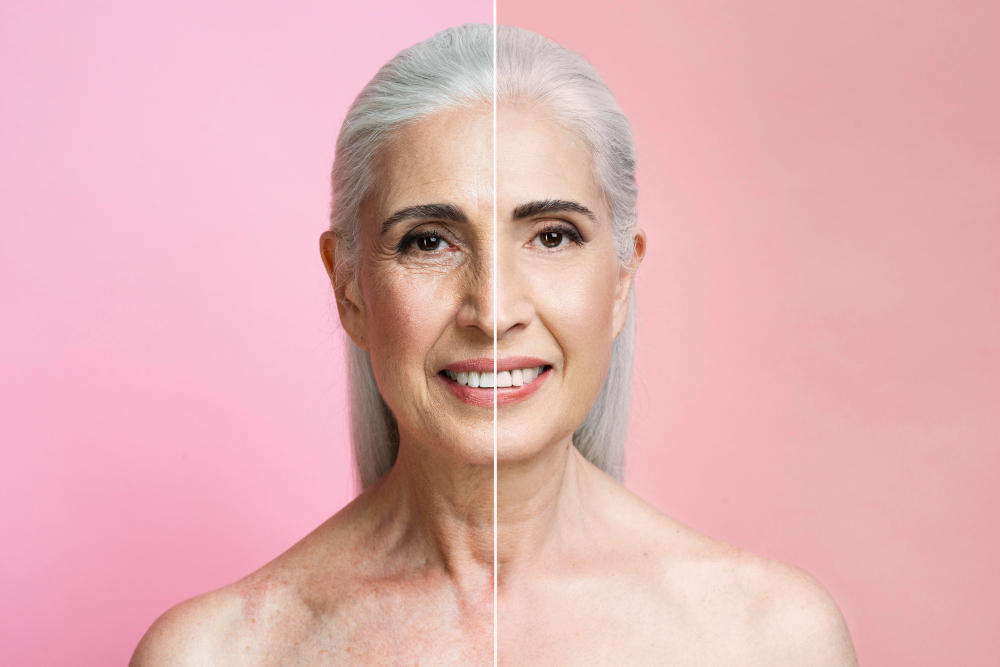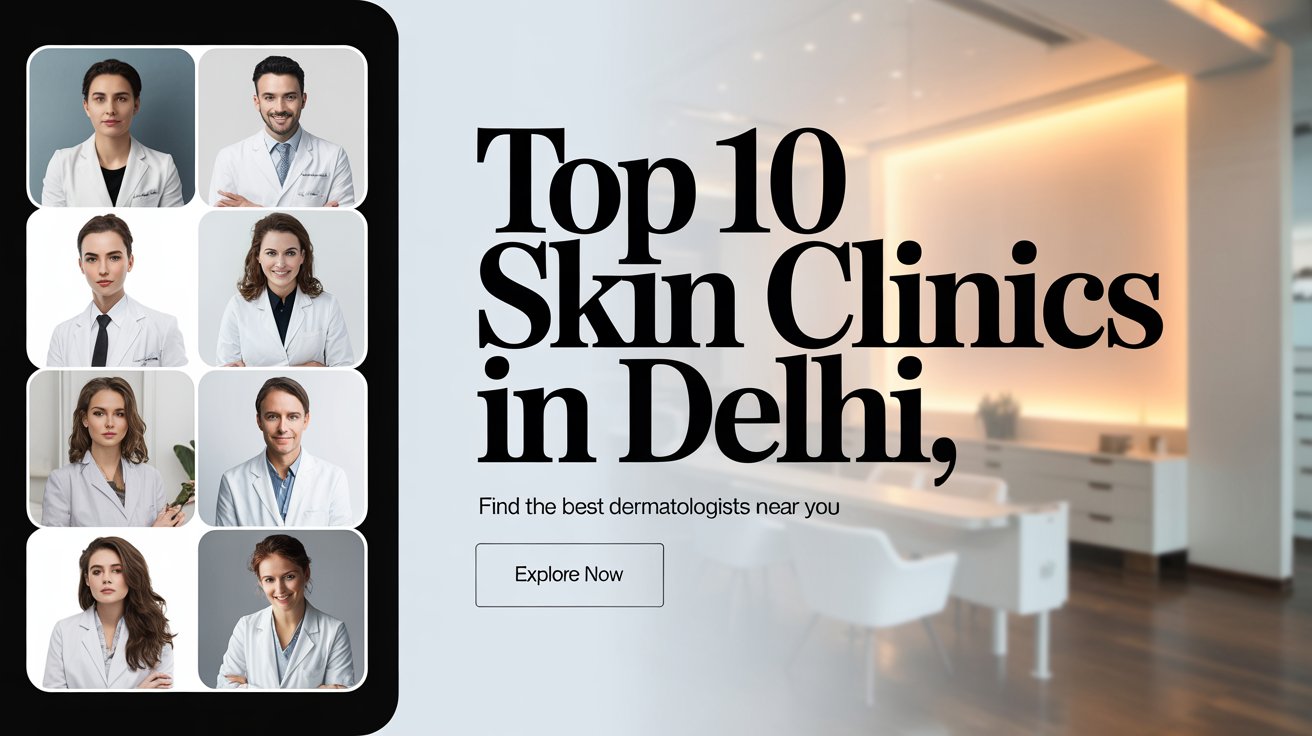The Ultimate Guide to Anti-Aging Treatment: Secrets to Timeless Skin

Strong 8k brings an ultra-HD IPTV experience to your living room and your pocket.
Aging is a natural process that everyone goes through, but in today’s world, looking youthful and radiant is more achievable than ever. Thanks to advances in skincare, cosmetic procedures, and lifestyle awareness, many people are able to maintain healthy, glowing skin well into their 40s, 50s, and beyond. Whether you’re noticing your first fine lines or want to restore youthful vitality, this guide explores the best anti-aging treatments that really work.
Why Does Skin Age?
Skin aging is caused by both intrinsic and extrinsic factors. Intrinsic aging is the natural aging process influenced by genetics, while extrinsic aging results from environmental damage such as:
- UV radiation
- Pollution
- Smoking
- Poor nutrition
- Lack of hydration and sleep
- Stress and lifestyle habits
These factors break down collagen and elastin—two proteins essential for skin firmness and elasticity. As we age, cell turnover slows down, moisture retention decreases, and skin becomes thinner, leading to wrinkles, sagging, and dullness.
Best Anti-Aging Treatments That Actually Work
Here are some proven treatments that help slow down or reverse signs of aging:
1. Retinoids and Retinols
Retinoids are Vitamin A derivatives that help increase cell turnover and stimulate collagen production. Prescription retinoids are stronger, while over-the-counter retinols are gentler. They are effective in reducing fine lines, age spots, and acne scars.
2. Chemical Peels
Chemical peels involve applying a solution that exfoliates the skin, encouraging new, smoother skin to surface. Depending on the strength, they can treat pigmentation, texture issues, and even deep wrinkles.
3. Laser Skin Resurfacing
Laser treatments, such as fractional CO2 or IPL (Intense Pulsed Light), target damaged skin to encourage new collagen growth. These can dramatically improve skin tone, reduce age spots, and minimize wrinkles.
4. Microneedling
Microneedling uses tiny needles to create micro-injuries in the skin, triggering natural collagen and elastin production. It’s an excellent solution for improving texture, reducing pore size, and lifting mild sagging.
5. Injectables: Botox & Fillers
Botox temporarily relaxes facial muscles that cause expression lines like crow’s feet and forehead lines. Dermal fillers restore lost volume and smooth out deeper wrinkles, especially around the cheeks, mouth, and under-eye areas.
In the midst of all these options, anti aging treatment for women has become a top search term globally. This is because women tend to experience skin aging differently, particularly during hormonal transitions like pregnancy and menopause. Personalized skincare routines, hormone-friendly ingredients, and targeted procedures are often recommended to address women’s specific needs.
Don’t Underestimate Skincare & Lifestyle
While treatments offer visible results, the importance of a good skincare routine and healthy lifestyle cannot be overstated. Here's what you should include in your daily routine:
- Cleanser: Choose a gentle, hydrating cleanser
- Moisturizer: Use one rich in hyaluronic acid or ceramides
- Sunscreen: Daily use of SPF 30+ is a must
- Vitamin C serum: Helps brighten and protect against sun damage
- Night cream with peptides or retinol: Supports overnight repair
Also, drink plenty of water, eat a nutrient-rich diet full of antioxidants, avoid smoking, and reduce alcohol consumption.
When Should You Start?
It's never too early—or too late—to begin anti-aging care. Most dermatologists recommend starting preventive measures in your late 20s or early 30s, but even those in their 40s and 50s can see great improvements with the right treatments and consistency.
Final Thoughts
Aging beautifully is about enhancing your natural features and maintaining your skin’s health. With the wide range of treatments available today, you don’t need to resort to drastic measures. From non-invasive procedures to professional-grade skincare, anti-aging treatments can help you feel confident and radiant at any age. Take the time to consult with a dermatologist or skincare expert to build a treatment plan tailored just for you—and invest in the future of your skin.
Q1. What is the most effective anti-aging treatment?
A: The most effective treatments vary depending on your skin type and age. Retinoids, laser resurfacing, Botox, and microneedling are among the most popular and results-driven options. A dermatologist can help tailor the best plan for you.
Q2. At what age should I start anti-aging treatments?
A: Preventive care can begin as early as your late 20s or early 30s with good skincare practices. Professional treatments typically start in the 30s or 40s, depending on skin condition and concerns.
Q3. Are anti-aging treatments safe?
A: Yes, most treatments are safe when performed by certified professionals. However, it's important to discuss your medical history, allergies, and expectations with your provider beforehand.
Q4. How long do anti-aging treatment results last?
A: Results vary based on the treatment. Botox may last 3–6 months, fillers up to 12–18 months, and laser resurfacing can show longer-term improvements with proper maintenance.
Q5. What’s the best anti-aging treatment for women experiencing menopause?
A: Hormonal changes during menopause can cause faster skin aging. Treatments like hormone-safe skincare, retinoids, and non-invasive procedures such as microneedling or RF therapy can help restore firmness and hydration.
Note: IndiBlogHub features both user-submitted and editorial content. We do not verify third-party contributions. Read our Disclaimer and Privacy Policyfor details.






